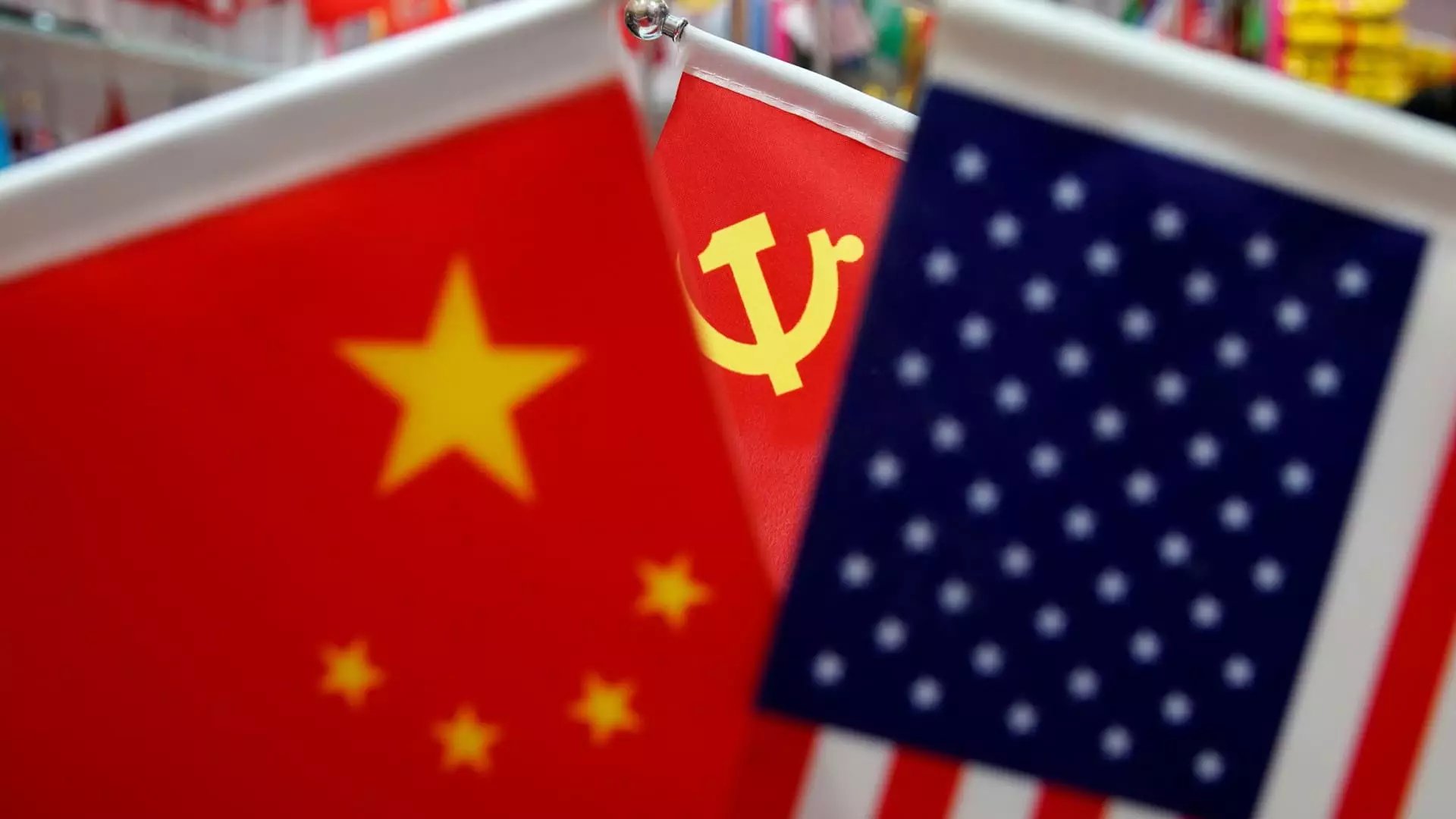As the United States transitions to a new presidential administration, the implications for global economic dynamics, particularly concerning its relationship with China, become paramount. Following the news of President-elect Donald Trump’s victory, Chinese officials have highlighted an urgent need for enhanced cooperation, reflecting their desire for a stable and amicable relationship. He Yongqian, spokesperson for China’s Ministry of Commerce, expressed a willingness to engage in dialogue that emphasizes mutual respect and shared interests. This sentiment marks a clear attempt by China to forge a collaborative path forward in what has been a tumultuous interaction with the U.S. in recent years.
The ongoing apprehension regarding trade policies under the new administration looms large, particularly with proposed tariffs on imports from China. The rhetoric from Trump’s campaign suggested a hardened stance towards Beijing, raising the stakes in an already delicate economic partnership. Experts like Yue Su from the Economist Intelligence Unit predict that significant tariffs may be implemented in the first half of the upcoming year. Such measures could utilize existing legislative frameworks that allow the president to act unilaterally in response to perceived economic threats. The suggestion of a resurgence in tariffs raises questions about the future of market stability not only for China but also for numerous economies that rely on trade with the U.S.
While some analysts brace for a potential escalation in U.S.-imposed tariffs as a mainstay of Trump’s economic policy, others remain cautiously optimistic. David Chao from Invesco suggests that, despite alarming tariff proposals, the new administration may ultimately seek negotiations that favor concessions, particularly in agricultural sectors like soybean exports. This nuanced viewpoint suggests that while the potential for conflict exists, there may also be opportunities for compromise that could mitigate adverse economic consequences.
Chao’s assertion that a 10% tariff would exert a greater influence on global demand adds another layer of complexity to the dialogue. Such a move could ripple through economies in Asia and beyond, thus highlighting the interconnectedness of global markets. With this in mind, the discourse between the U.S. and China becomes pivotal not merely for two nations but for the stability of the international economic environment as a whole.
The commitment from China to maintain open lines of communication serves as an encouraging sign amidst uncertainty. The emphasis on ‘win-win cooperation’ reflects a strategic approach aimed at fostering long-term benefits for both countries. For the effective management of U.S.-China relations, it is essential that both parties prioritize dialogue flowing from mutual understanding and respect.
As the new administration takes shape, stakeholders across various sectors will need to closely monitor the evolving landscape and adapt to potential changes in policy. While challenges are inevitable, the path forward should be anchored in constructive engagement, recognizing that the imperative to collaborate extends beyond mere economic interests to encompass global stability and cooperation. The success of this relationship in the coming years may well hinge on the ability of both nations to navigate these waters thoughtfully and strategically.

Leave a Reply